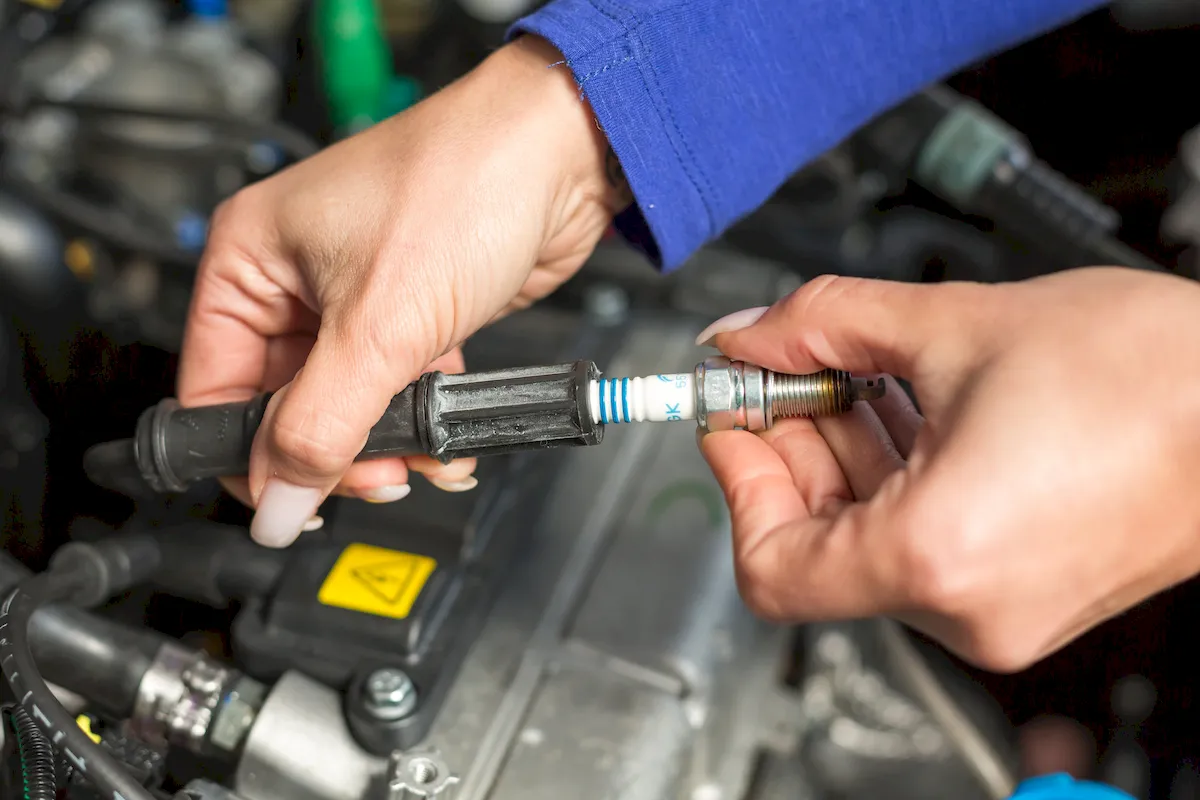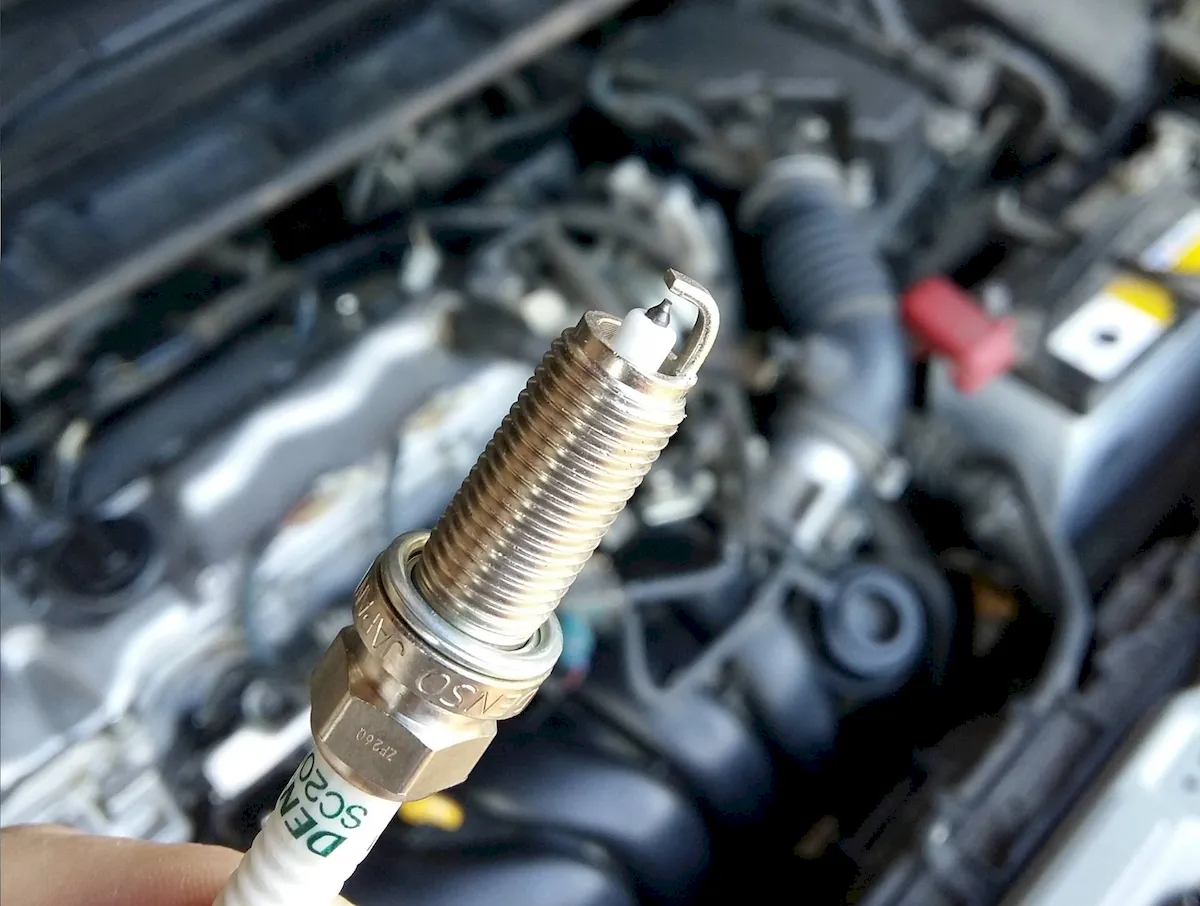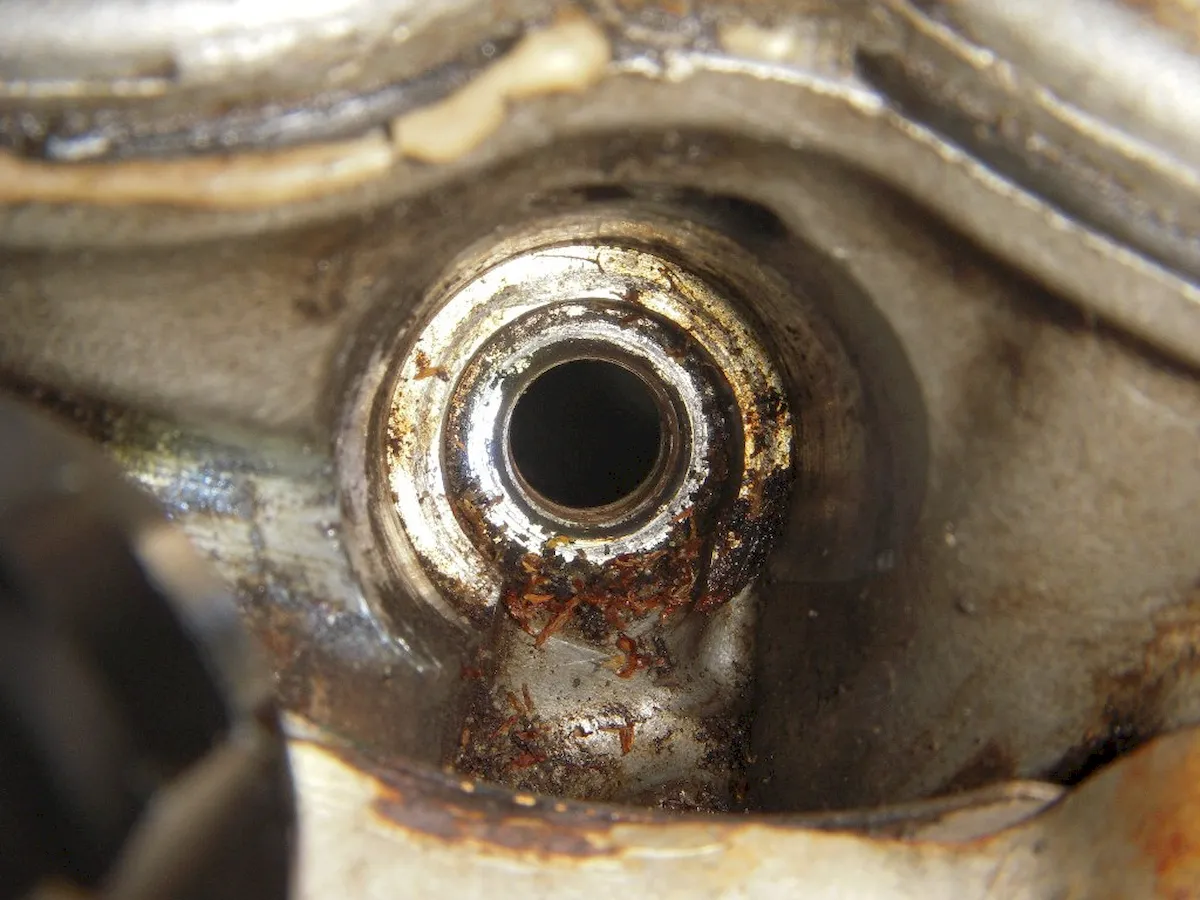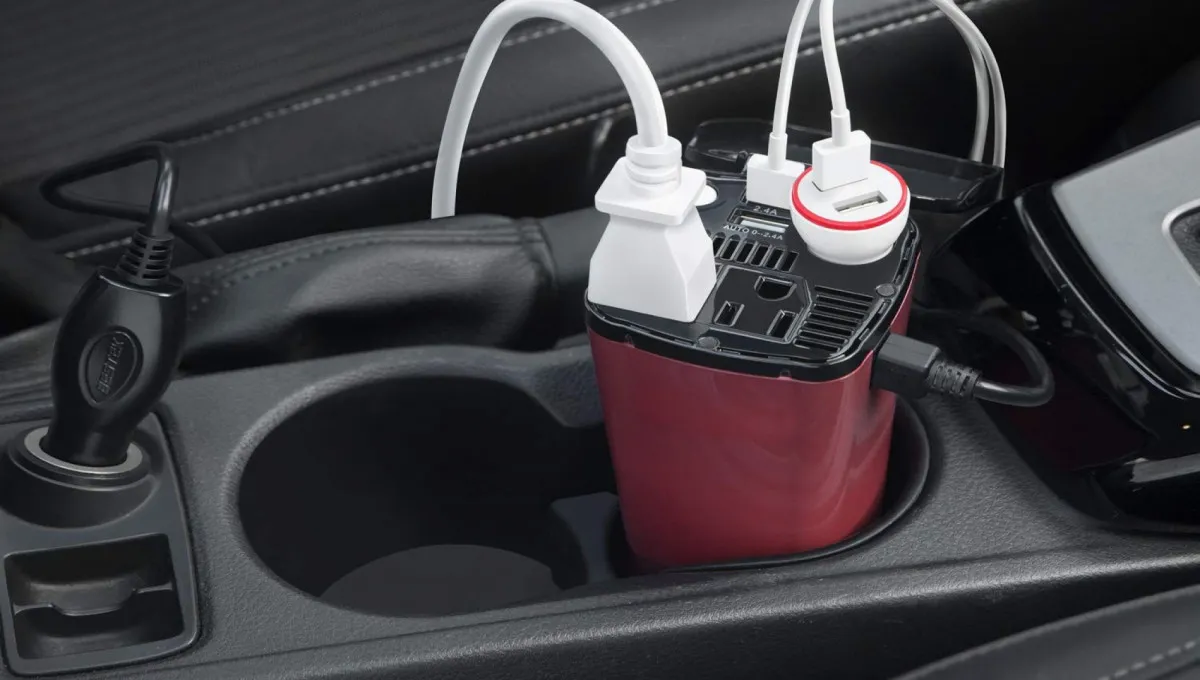Many Americans are unaware of this: an expert has revealed the issues with spark plug replacement
Replacing spark plugs seems like one of those easy DIY jobs — until a small oversight ends up costing you an engine repair.

Sooner or later, every driver has to deal with replacing spark plugs. It’s a fairly simple maintenance task, especially on most modern cars. Still, as auto expert Bryan Aguiran points out, there’s one fatal mistake that many drivers — even those who know their way around an engine — keep making over and over again.

Let’s back up for a second. Spark plugs are the heart of a gasoline engine. Their job is to ignite the air-fuel mixture inside each cylinder by creating a tiny electric spark. That spark causes combustion, releasing hot gases that push the pistons and spin the crankshaft. Without working plugs, your engine simply won’t start.
Over time, though, plugs wear out. Carbon buildup, heat, or oil residue can cause misfires or poor performance — and that’s when it’s time for a replacement.

On most vehicles, changing the plugs is pretty straightforward. You find the plug wires or coil packs, grab a wrench, and unscrew the old ones. Sounds easy, right?
Here’s where most people go wrong.
Aguiran says the biggest mistake happens before you even touch the spark plug — in the plug well, that narrow hole where the plug sits.

According to Aguiran, many American car owners never bother cleaning their engines. Some think it’s unnecessary, others worry they’ll damage something, and plenty just never get around to it. But that dirt and grime sitting around the spark plug well? It’s a problem waiting to happen.
When you unscrew a spark plug from a dirty well, all that debris — sand, oil, dust, even bits of leaves — can fall right into the cylinder. Some of it might burn off, but not all. Grit that lands on the piston or rings can act like sandpaper, wearing out the engine from the inside. Over time, that “quick plug change” could turn into a costly engine rebuild.

To avoid that, keep your engine — and especially your spark plug wells — clean. If you can’t wash the whole engine, at least clear the area before removing a plug.
A simple brush or rag can help, but the best method, according to Aguiran, is using compressed air to blow away the dirt. It’s fast, easy, and removes even the smallest particles.

In fact, reputable auto shops always blow out the plug wells before installing new plugs. It’s a small detail that can save you from big trouble down the road.
Pro Tip: When doing your next spark plug replacement, spend an extra two minutes cleaning the wells. It’s the difference between smooth engine performance and a premature repair bill.
You may also be interested in the news:

What a Car Power Inverter Is—and Why You Might Want One
A car power inverter explained: what it does and when it actually makes sense to use one.

Smart Picks for Buyers: The Top 4 Most Reliable Used Pickup Trucks in the U.S.
A short list of the most dependable used pickups, especially useful if you’re planning a purchase in the near future.

How Often—and How Properly—to Refuel Your Car So It Lasts Longer
Some drivers wait until the warning light comes on, others keep the tank full, and some top up whenever they find a spare minute. Those habits can have a bigger impact on your car than you might think.

These Car Movies Every American Should Watch: Our Top 5 Picks
You’ve probably seen many of them before, but revisiting these classics can still deliver the same rush as the first time.

Why you shouldn't press these buttons in your car: some could be dangerous
These controls are easy to hit by accident—or out of inexperience, especially for new drivers.